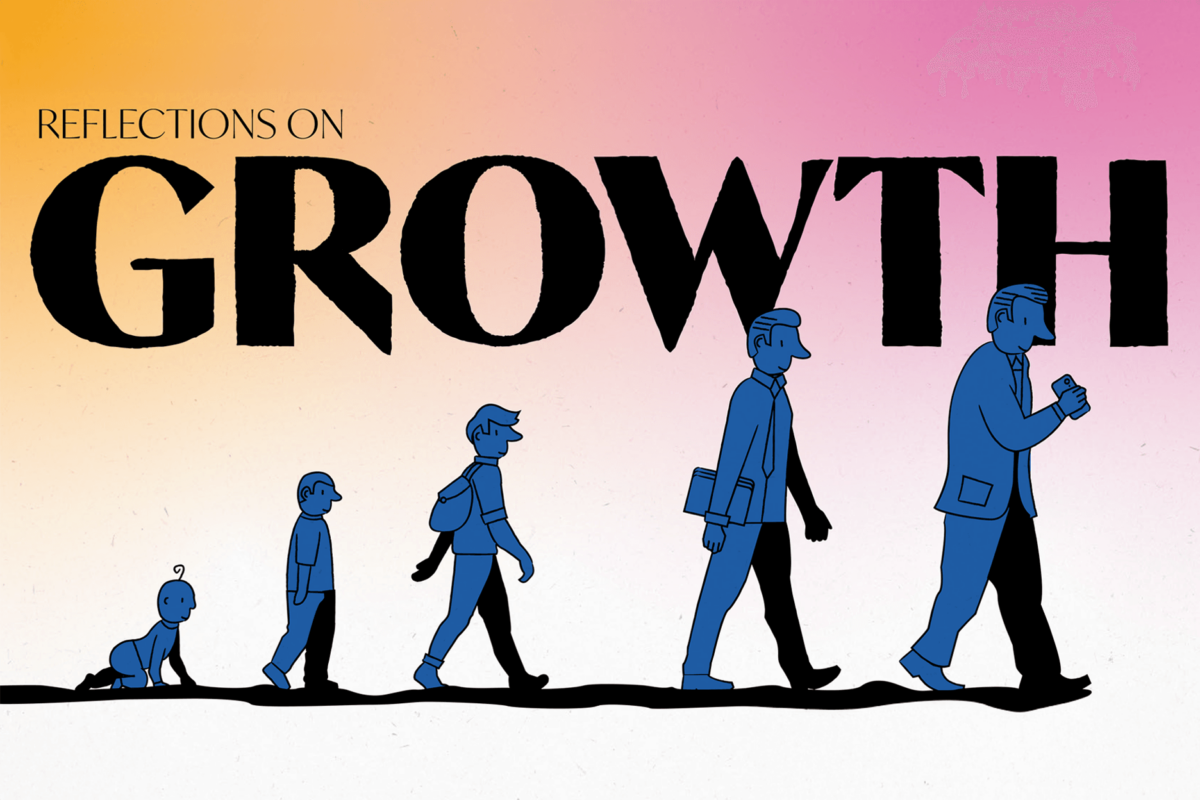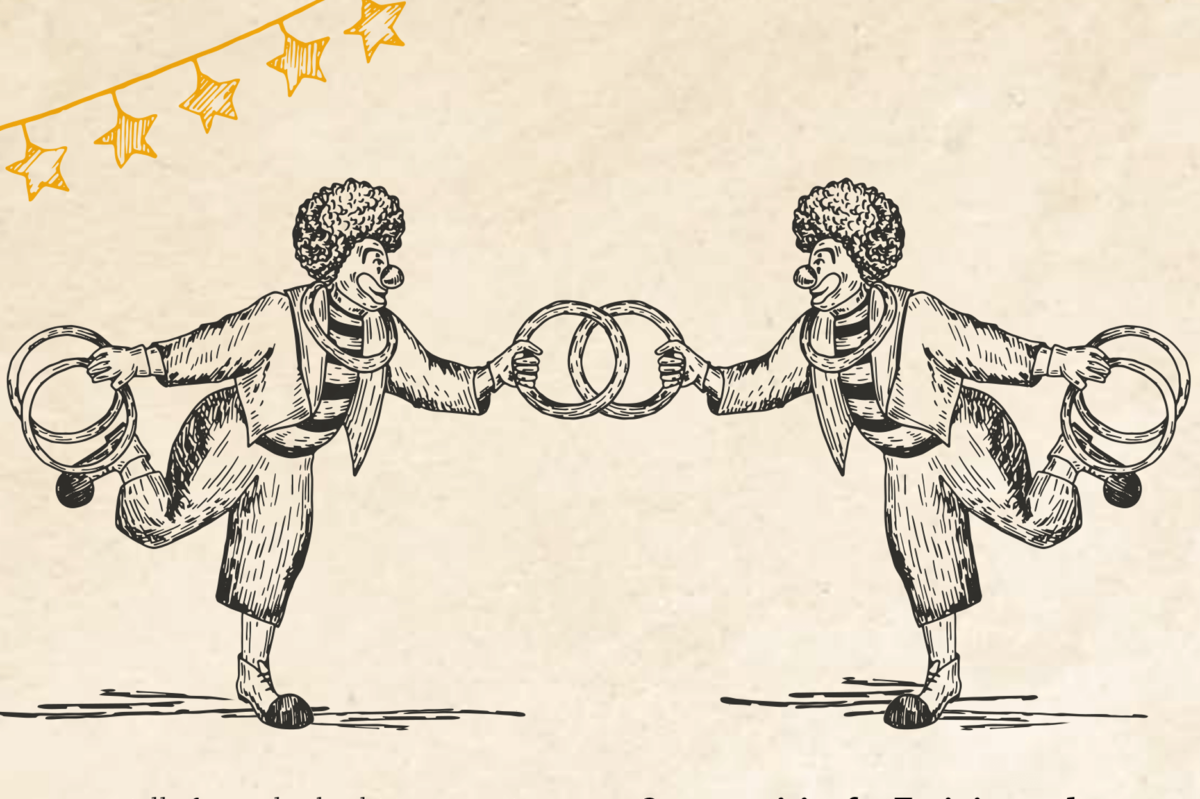RETHINKING THE PEO SALES FUNNEL
The world of B2B sales is undergoing a dramatic shift—and the PEO industry is not exempt. In fact, if your pipeline development strategy still relies heavily on traditional outbound tactics and seller-led conversations, you may be missing a significant percentage of today’s buying activity.
According to the 2024 B2B Buyer Experience Report by 6sense, today’s buyers are more independent, better informed, and further along in their decision-making process before engaging with a sales rep. The data is striking:
- B2B buyers are nearly 70% through their purchasing process before they ever speak to a seller.
- Buyers initiate first contact in more than 80% of cases—not the other way around.
- Approximately 85% of buyers have already defined their purchase requirements before reaching out to vendors.
These statistics are a wake-up call for PEOs still relying on conventional sales playbooks. Let’s unpack what this means—and how PEOs can evolve to meet modern buyers long before they ever pick up the phone.
THE PEO SALES PROCESS IS NOW BUYER-LED, NOT SELLER-LED
Historically, PEO sales have been driven by relationship-building and consultative selling, often initiated through cold calls or networking events. While these tactics still play a role, they’re no longer the primary way buyers engage.
That buyers are 70% through their journey before speaking to a sales rep for the first time signals a major change: your prospects are researching independently. They’re reading articles, reviewing comparisons, asking peers, and consuming digital content well in advance.
Implication for PEOs: If you’re not visible in the digital spaces where research happens, you’re invisible to your next client. Content marketing, SEO, and thought leadership—not just lead generation—must be foundational to your strategy. The earlier you enter the buyer’s awareness, the better chance you have of making the shortlist.
PROSPECTS REACH OUT WHEN THEY’RE READY – BE READY
With over 80% of first contact initiated by the buyer, sales power dynamics have shifted. Rather than being “sold to,” buyers arrive with specific needs and expectations—and they engage only when ready.
For PEOs, this makes it essential that your website (and your perspective on the challenges prospects are dealing with) are easy to find and easy to engage with—especially for buyers who prefer autonomy.
Implication for PEOs: Create low-friction pathways that help buyers self-educate. Offer a mix of gated and ungated resources that answer common questions and address objections before they’re raised. Examples include buying guides, ROI calculators, buyer checklists, educational webinars, and industry-specific case studies. These tools let potential clients explore your value proposition at their own pace and build early trust—making it more likely they’ll reach out when ready, on their terms.
WILL YOU GET A SEAT AT THE TABLE?
Perhaps most eye-opening: 85% of buyers have already defined their purchase requirements before speaking with a rep. This includes scope of services, compliance needs, technology platforms, and pricing expectations.
That leaves little room to shift a buyer’s direction during a sales conversation. If your offering doesn’t match—or is misunderstood due to unclear messaging—you may not even get a shot.
Implication for PEOs: Your website, social presence, and marketing materials must clearly communicate your offerings and differentiators before a conversation starts. Ask yourself: Can a visitor understand what makes your PEO unique within five minutes? Are your solutions clearly aligned with their size, industry, or stage of growth? These are the moments that determine whether you’re considered—or passed over.
ALIGNING MARKETING AND SALES FOR THE NEW BUYER JOURNEY
This shift doesn’t mean sales is obsolete—it means sales and marketing must work in lockstep. In a consultative industry like PEO, aligning both teams around a shared understanding of today’s buyer is critical.
Here are four ways to bridge that gap:
- Collaborate on Content Development. Your sales team knows the questions prospects ask. Use that insight to create proactive content—blogs, videos, webinars, white papers—that support each stage of the funnel.
- Adopt an ABM (Account-Based Marketing) Mindset. Instead of casting a wide net, focus on high-fit accounts with personalized outreach, relevant content, and coordinated sales-marketing touchpoints. ABM makes you relevant before buyers engage.
- Invest in Buyer Enablement Tools. Give buyers the tools they need to make internal decisions—think side-by-side service comparisons, implementation guides, or executive-ready summaries.
- Measure What Matters. Go beyond lead counts and track engagement signals that reveal buying intent—time on key pages, repeat visits, downloads. These can indicate where a buyer is in their journey and guide smarter outreach.
FINAL THOUGHTS: MEETING THE BUYER WHERE THEY ARE
The PEO market is evolving—and so are its buyers. CEOs, HR leaders, and CFOs are doing their homework. They’re informed, confident, and looking for partners who align with pre-set expectations.
Sales isn’t going away—but it must become more adaptive, strategic, and marketing-informed. In many cases, your most effective sales rep is your content and online presence.
If you want to grow your book of business, stop chasing prospects—and start helping them find you. Because by the time they call, they’ve likely already decided whether you’re a contender—or not.








